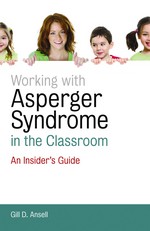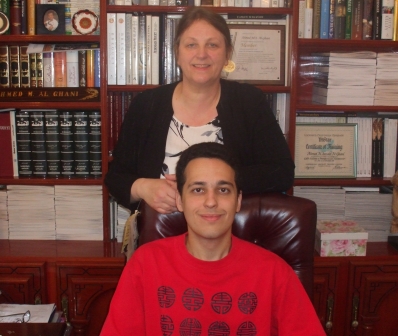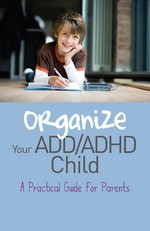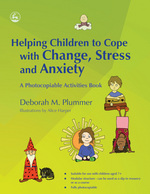“The Lancet medical journal recently revealed that ADHD children have a gene that predisposes them to ADHD. Their “findings provide genetic evidence of an increased rate of large CNVs in individuals with ADHD and suggest that ADHD is not purely a social construct.” In a nutshell, the presence of CNV proves that ADHD is not the result of poor parenting, unstructured environment, too much sugar or a myriad of other reasons. This research proves what many have known all along — that ADHD may run in families. This has far reaching implications for families with ADHD. Given the genetic link, chances are either one or both parents may have ADHD. This has at least five interesting implications for most families, particularly in regard to organization and time management:”









